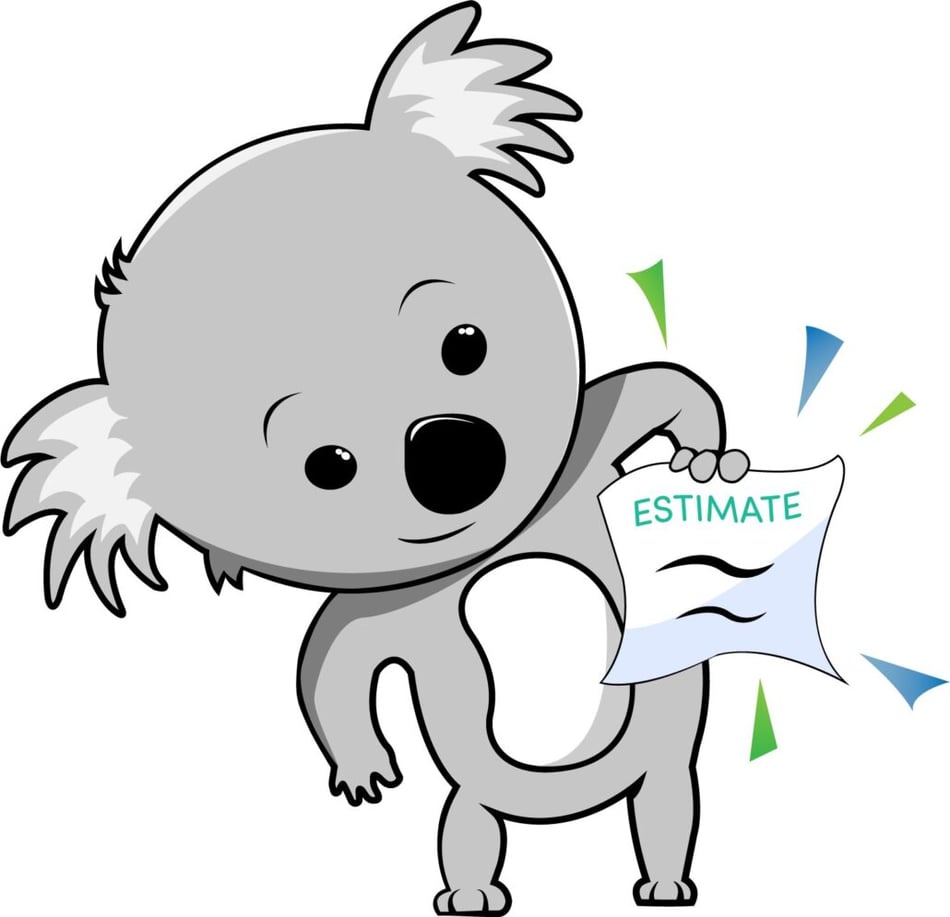The Crucial Role of Dry Insulation: Protecting Your Home and Health

In the realm of home maintenance, there's one often overlooked aspect that can have significant repercussions if neglected: insulation. While it may not be the most glamorous feature of your house, insulation plays a critical role in maintaining energy efficiency, preventing moisture-related issues, and safeguarding indoor air quality. Among the many considerations for insulation, one of the most crucial is ensuring it stays dry. Let's delve into why this is so vital.
The Purpose of Insulation
Before diving into the importance of keeping insulation dry, it's essential to understand its primary functions. Insulation acts as a barrier, slowing the transfer of heat between the inside and outside of your home. In winter, it keeps your house warm by trapping heat indoors, while in summer, it prevents unwanted heat from entering, thus maintaining a comfortable indoor temperature. Additionally, insulation helps regulate moisture levels by preventing condensation and mold growth, which can cause structural damage and health problems.
The Consequences of Wet Insulation
When insulation becomes wet, whether due to leaks, flooding, or high humidity levels, its effectiveness is compromised. Wet insulation loses its ability to resist heat transfer, leading to increased energy consumption and higher utility bills. Moreover, moisture-laden insulation becomes a breeding ground for mold, mildew, and bacteria, posing serious health risks to occupants, including respiratory issues and allergies. Furthermore, damp insulation can promote the decay of building materials, such as wood framing, leading to structural integrity issues and costly repairs.
Energy Efficiency Takes a Hit
One of the primary reasons for investing in insulation is to enhance energy efficiency and reduce heating and cooling costs. However, when insulation gets wet, it fails to perform its intended function effectively. Wet insulation conducts heat more readily than dry insulation, allowing thermal energy to escape during the winter and infiltrate during the summer. This results in increased energy consumption as your heating and cooling systems work harder to maintain a comfortable indoor environment. Over time, the cumulative effect of wet insulation can significantly inflate your energy bills, offsetting any potential savings from energy-efficient upgrades.
Health Hazards Loom
Beyond the financial implications, wet insulation poses serious health hazards to those living in the affected environment. Mold spores thrive in damp conditions, and when they colonize wet insulation, they release allergens and toxins into the air. Prolonged exposure to mold can trigger respiratory issues, exacerbate allergies, and compromise the immune system, particularly in vulnerable individuals such as children, the elderly, and those with pre-existing health conditions. Furthermore, moisture-related problems like mold growth can diminish indoor air quality, leading to discomfort and potential long-term health consequences for occupants.
Protecting Your Investment
Given the critical role insulation plays in maintaining a comfortable, healthy, and energy-efficient home, it's imperative to take proactive measures to ensure it remains dry. Regular inspections of your insulation, particularly in areas prone to moisture intrusion, such as basements, crawl spaces, and attics, can help detect and address potential issues before they escalate. Promptly addressing leaks, improving ventilation, and installing vapor barriers are effective strategies for preventing moisture-related problems and preserving the integrity of your insulation.
In the grand scheme of home maintenance, the importance of keeping insulation dry cannot be overstated. Beyond its role in conserving energy and lowering utility bills, dry insulation is essential for safeguarding indoor air quality and protecting the health and well-being of occupants. By prioritizing regular inspections, addressing moisture issues promptly, and investing in preventive measures, homeowners can ensure their insulation remains effective and their homes remain comfortable and healthy for years to come. After all, when it comes to insulation, staying dry is paramount.
Find Your Location


Get a quote



